by Wendy Martin
“Everybody walks past a thousand story ideas every day. The good writers are the ones who see five or six of them. Most people don’t see any.” ~ Orson Scott Card
Five things to do to see new ideas:
- Make up songs. Sing them loudly and off-key.
- Wear clothes that don’t match. Top the outfit off with a funny hat.
- Climb a tree and hang upside-down.
- Splash in mud puddles.
- Reach for the big box of crayons. The one with the sharpener in the box.
If you’re at all like me, you have a lot of ideas swirling around in your brain almost constantly. They wake you up from a deep sleep, or make you lose count when you’re measuring the 3 ½ cups of flour into that cake recipe.
The trouble with a brain awhirl in ideas is sifting through the crowd to find the ones that will make a good picture book. We’re grown-ups. We think grown-up things like obeying the speed limit, who to vote for in the next election or whether we remembered to lock the front door. Sometimes I wonder about other things, too. Like if I can save money by installing solar panels, or what it would be like to live in a house underground.
In order to come up with ideas, really fun, child-like ideas that will appeal to the picture book crowd, we have to put our adult brain on the shelf. Kids don’t care about the speed limit, who’s running for office or if the house is locked up tight when they leave it.
That list above? Each one of the suggestions will help you get in touch with your inner 4-year-old. You know you want to! Just pick one and do it until you stop feeling silly and start enjoying yourself. Then take a refreshed look at the world around you. What do you see/hear/think now?
Did you see the hidden message in the image above? Take another look if you didn’t. Do you see now? Leave a comment below for a chance to win the original watercolor! A winner will be selected randomly in one week.
 Wendy Martin is the illustrator of 5 picture books, 3 of which she also wrote. Her first book was chosen as a finalist for the best children’s book of the year during the 2009 Coalition of Visionary Resources annual international COVR awards. Her latest book, The ABCs of Lesser-Known Goddesses: An Art Nouveau Coloring Book for Kids of All Ages was released in June. She is a founding member of both the middle-grade book blog, From the Mixed-Up Files of Middle-Grade Authors, and the initiative to make November International Picture Book Month. Visit her on the web at WendyMartinIllustration.com, Twitter @WendyMartinArt or Facebook.
Wendy Martin is the illustrator of 5 picture books, 3 of which she also wrote. Her first book was chosen as a finalist for the best children’s book of the year during the 2009 Coalition of Visionary Resources annual international COVR awards. Her latest book, The ABCs of Lesser-Known Goddesses: An Art Nouveau Coloring Book for Kids of All Ages was released in June. She is a founding member of both the middle-grade book blog, From the Mixed-Up Files of Middle-Grade Authors, and the initiative to make November International Picture Book Month. Visit her on the web at WendyMartinIllustration.com, Twitter @WendyMartinArt or Facebook.



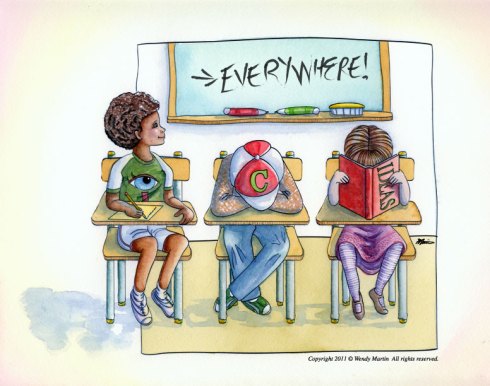
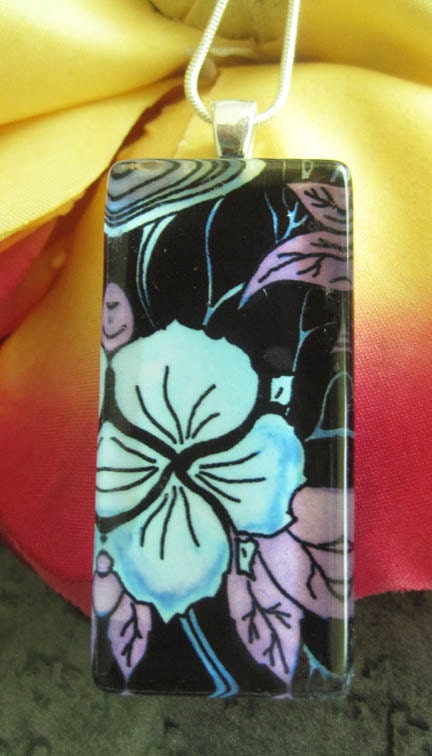
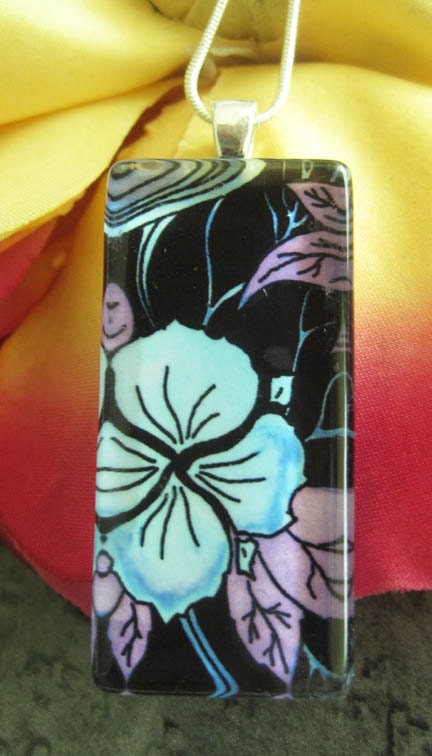
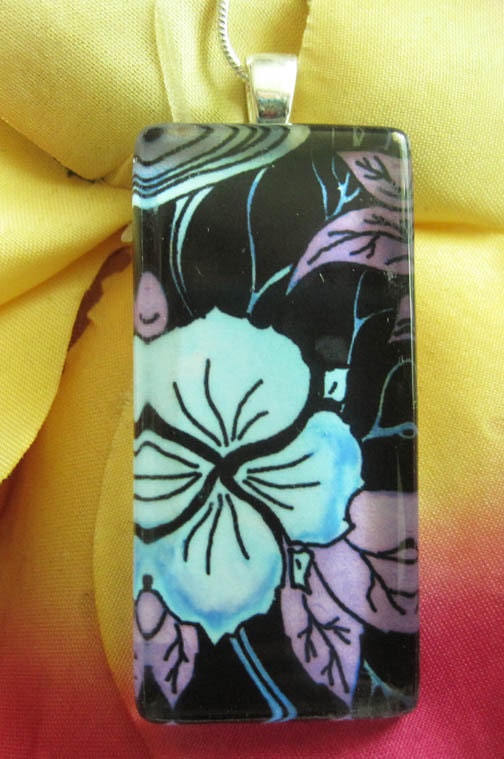

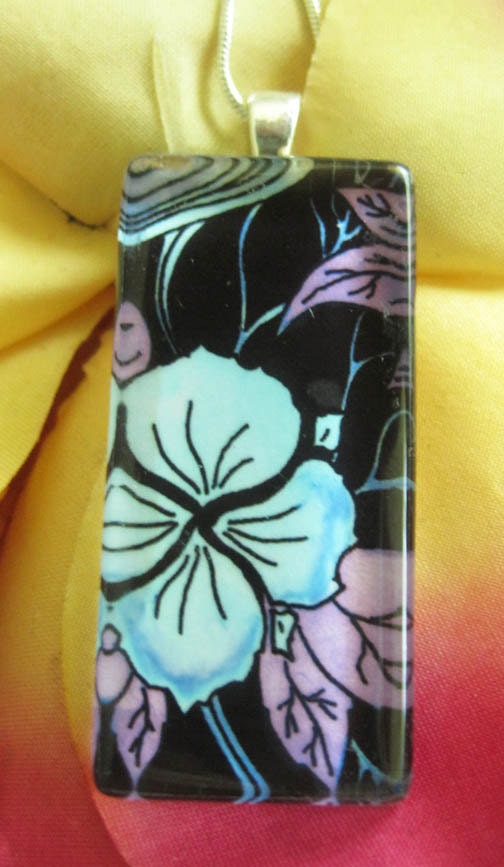
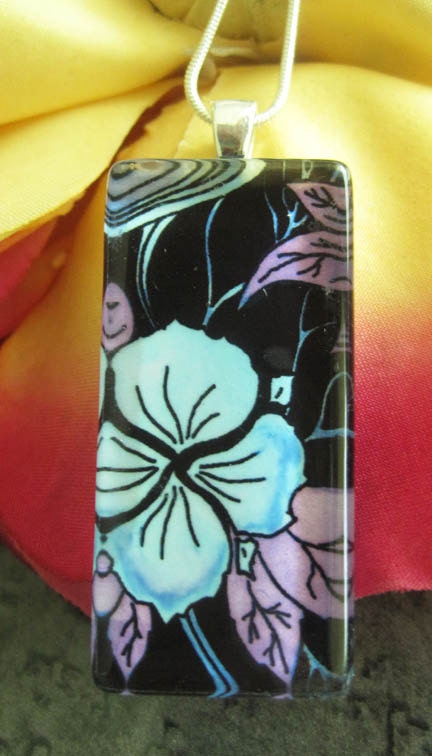





I see Ideas everywhere…Am I right?
I’m pulling out my Lock Ness Monster hat tomorrow.
Love the post! I already do number 1, so I’m feeling ahead of the game.
“I see ideas everywhere”
I see ideas everywhere!
Top of table
under chair
inside kennel
behind a scare.
In a mirror
by a baa
near a bell
above a star.
Every day
here and there
I see ideas
EVERYWHERE!
Cute idea and great message! I don’t think my inner child ever left–for long.
Write Everywhere!
I See Ideas
An excellent post! Thank you!
Love these ideas – I will now endeavour to see them everywhere! I also already do number one (on my own of course) – just thought I was verging on lunacy, but now I know I can say I’m preparing for work!!
I hear whispers – “Iseeideas,Iseeideas,Iseeideas…everywhere!” Well, maybe it’s the wind shushing through the trees in the black of night, or the leaves scuttling from under the trees… “Iseeideas…” love the message.
love the message.
Thanks for the eye opening post-I “see” what you mean!
Great illustration to get us using our brains! I’m hoping to think like a child today!